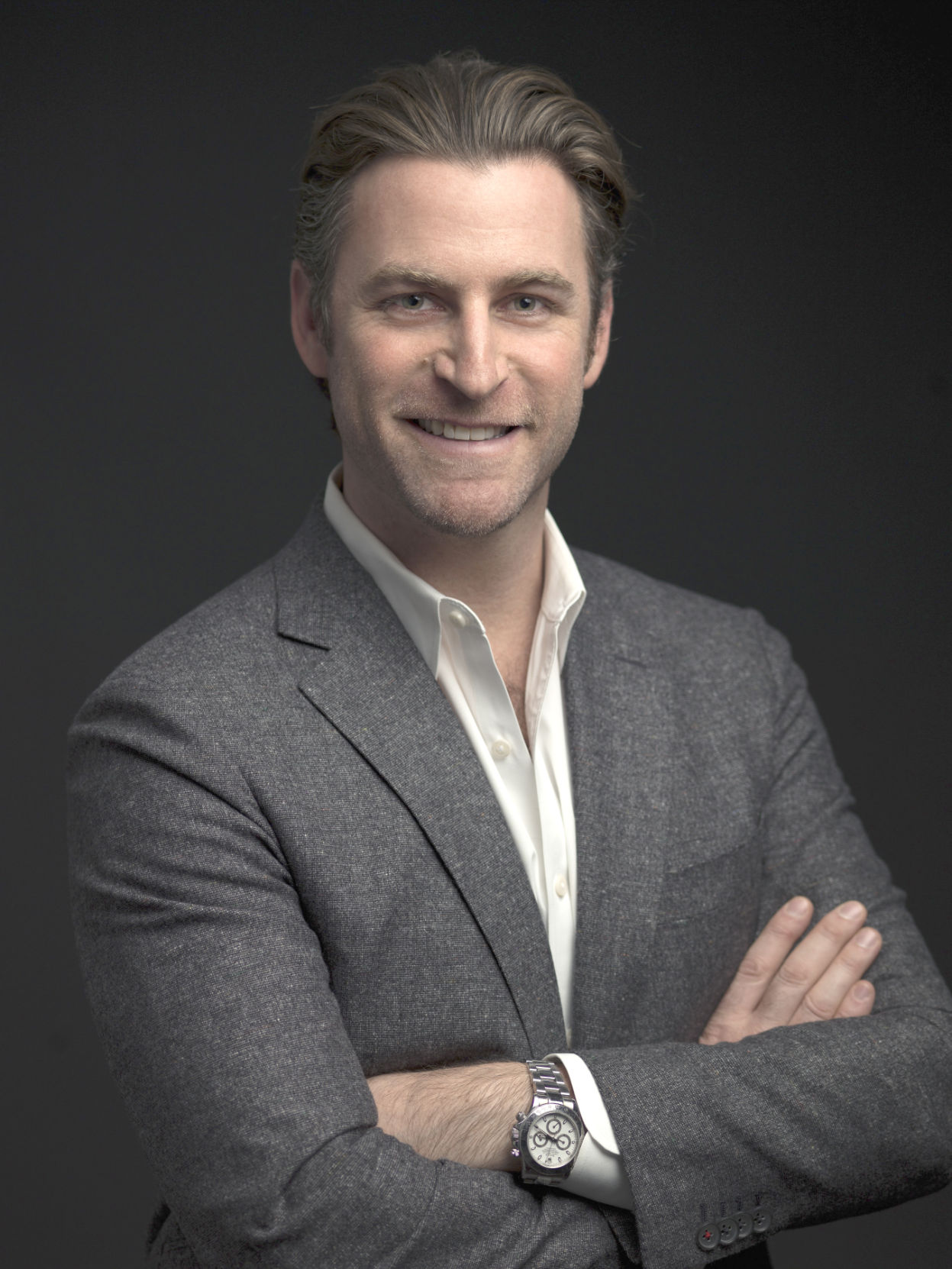Brian Marcus said he was inspired by his grandfather to begin photographing Holocaust survivors in 2013.
“My grandfather’s entire life was devoted to capturing moments and preserving memories,” the East Hills resident said. “And following in my grandfather’s footsteps, mine is too.”
Marcus said over the next two years he photographed more than 175 Holocaust survivors and camp liberators and listened to their stories, which he has now turned into a book, “Still Here.”
The book features, large black and white photographs of each survivor with information relating to their capture and liberation and an accompanying quote that symbolizes the individual’s story.
Marcus will share his two-year long journey in creating “Still Here” at 7 p.m. on Thursday, May 5 at Temple Beth Sholom on Roslyn Road in Roslyn Heights.
He will be joined by Holocaust survivors Gene Meisner and Sally Birnbaum as past of the temple’s Holocaust Commemoration.
Marcus said when he photographed the survivors, he committed himself to images of resiliency and regeneration in honor of his grandfather — not with the images of death and destruction.
He said each survivor and liberator contributed a message of strength, hope, and inspiration for future generations.
“Whether they are pensive or joyful, the photos evoke feelings of triumphant survival,” he said. “Their portraits express that although the subjects lived through a tragic time, they did not become tragic people.”
Marcus said a number of Holocaust survivors have written personal memoirs —a testament to the need to communicate and inform people of their stories.
He said his goal was to gather meaningful quotes to accompany each photo and create a well-rounded representation of every participant.
Marcus said the stories have special meaning to him.
He said his late grandfather, Fred Marcus, who was born in Breslau, Germany, was sent to the Buchenwald concentration camp.
Marcus said he gained his freedom following an order from President Roosevelt that anyone who had a reservation on boats leaving Germany should be released.
“Somehow the guards knew who had reservations and he was released,” Marcus said. “He had to sign something saying he was ‘treated well’ and they simply let him go. There were about 50 like him.”
After leaving Germany, Fred went to Cuba where he lived for two years, Marcus said.
Marcus said Fred took photographs of other immigrants and their families on the beaches of Cuba to make a living and support himself.
“He developed them in his bathtub at night, making his bathroom a makeshift darkroom,” Marcus said
Marcus said Fred emigrated to the United States with very little except his Leica camera.
After arriving in the United States, Fred set up shop in New York City, Marcus said.
“The studio that Fred occupied is still in the same location that it was over 70 years later, only much larger,” said Marcus, who currently heads the studio.
Marcus said he will share his grandfather’s personal story of survival at Temple Beth Sholom, describing him as a Cuban refugee, American immigrant, and successful photographer.
Copies of “Still Here” are available for pre-order online at stillherebook.com. All profits will go to charities supporting education about the Holocaust.
The program is free and open to the community.



